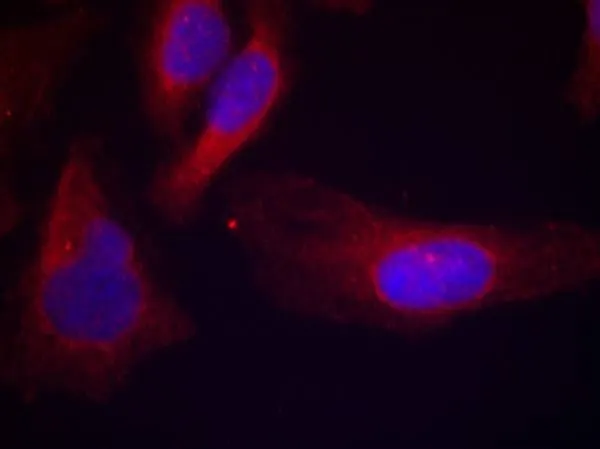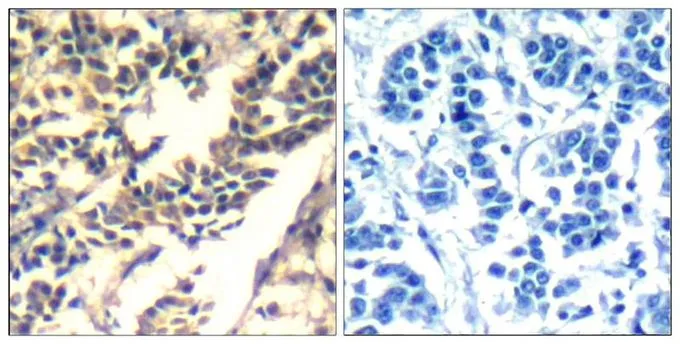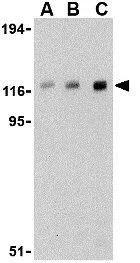
WB analysis of Daudi cell lysate using GTX31301 CBL antibody. Working concentration : (A) 0.5, (B) 1, and (C) 2 microg/ml
CBL antibody
GTX31301
ApplicationsWestern Blot, ELISA, ImmunoHistoChemistry, ImmunoHistoChemistry Paraffin
Product group Antibodies
TargetCBL
Overview
- SupplierGeneTex
- Product NameCBL antibody
- Delivery Days Customer9
- Application Supplier NoteWB: 0.5 - 2 microg/mL. IHC-P: 20 microg/mL. *Optimal dilutions/concentrations should be determined by the researcher.Not tested in other applications.
- ApplicationsWestern Blot, ELISA, ImmunoHistoChemistry, ImmunoHistoChemistry Paraffin
- CertificationResearch Use Only
- ClonalityPolyclonal
- Concentration1 mg/ml
- ConjugateUnconjugated
- Gene ID867
- Target nameCBL
- Target descriptionCbl proto-oncogene
- Target synonymsC-CBL, CBL2, FRA11B, NSLL, RNF55, E3 ubiquitin-protein ligase CBL, Cas-Br-M (murine) ecotropic retroviral transforming sequence, Cbl proto-oncogene, E3 ubiquitin protein ligase, RING finger protein 55, RING-type E3 ubiquitin transferase CBL, casitas B-lineage lymphoma proto-oncogene, fragile site, folic acid type, rare, fra(11)(q23.3), oncogene CBL2, proto-oncogene c-Cbl, signal transduction protein CBL
- HostRabbit
- IsotypeIgG
- Protein IDP22681
- Protein NameE3 ubiquitin-protein ligase CBL
- Scientific DescriptionThis gene is a proto-oncogene that encodes a RING finger E3 ubiquitin ligase. The encoded protein is one of the enzymes required for targeting substrates for degradation by the proteasome. This protein mediates the transfer of ubiquitin from ubiquitin conjugating enzymes (E2) to specific substrates. This protein also contains an N-terminal phosphotyrosine binding domain that allows it to interact with numerous tyrosine-phosphorylated substrates and target them for proteasome degradation. As such it functions as a negative regulator of many signal transduction pathways. This gene has been found to be mutated or translocated in many cancers including acute myeloid leukaemia. Mutations in this gene are also the cause of Noonan syndrome-like disorder. [provided by RefSeq, Mar 2012]
- Storage Instruction-20°C or -80°C,2°C to 8°C
- UNSPSC12352203

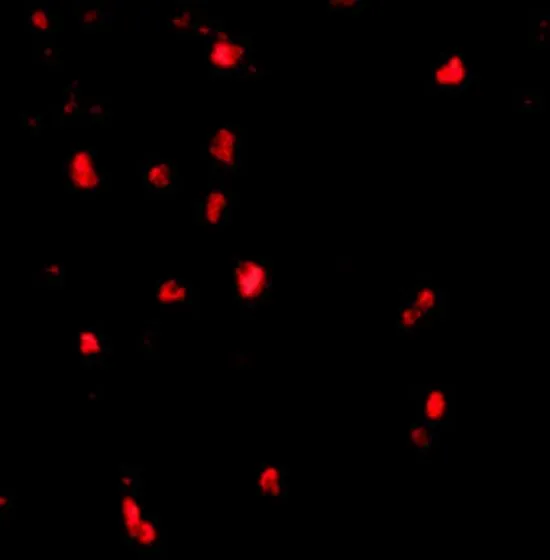
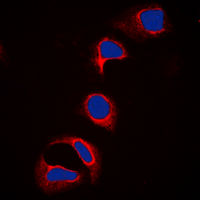
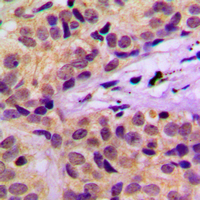
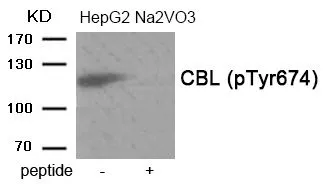
![ELISA analysis of antigen using GTX60481 CBL antibody [3B12]. Red : Control antigen 100ng Purple : Antigen 10ng Green : Antigen 50ng Blue : Antigen 100ng](https://www.genetex.com/upload/website/prouct_img/normal/GTX60481/GTX60481_20170912_ELISA_w_23061123_261.webp)



